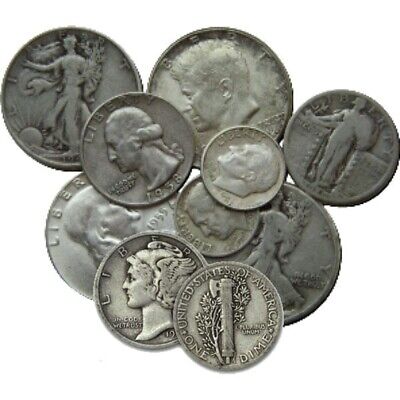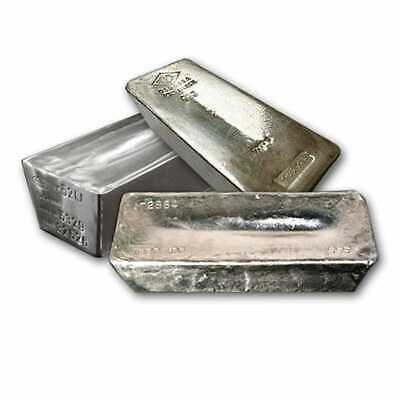In the prepping world, having a reliable store of value is crucial. Precious metals, particularly silver, have long been considered a practical option. However, preppers often find themselves choosing between junk silver and bullion. This article delves into the differences between these two forms of silver, exploring their pros and cons to help you make an informed decision.
What is Junk Silver?
Junk silver refers to U.S. coins minted before 1965 that contain 90% silver. Common examples include dimes, quarters, and half dollars.

Despite the name, junk silver is not worthless; it derives its value from its silver content. These coins are often circulated and show signs of wear, which means they do not hold numismatic value but are valued for their silver content.
Understanding Silver Bullion
Silver bullion refers to bars, rounds, or coins from .999 fine silver. These items are produced primarily for investment purposes, with their value based on the current market price of silver. Bullion comes in various weights and sizes, from one-ounce coins to large bars, offering flexibility for investors and preppers alike.
Pros and Cons of Junk Silver
Pros:
- Recognizability: Junk silver coins are easily recognizable and widely accepted, making them useful in barter situations.
- Affordability: Typically sold at a lower premium over the spot price of silver than bullion, junk silver can be a cost-effective option.
- Small Denominations: In smaller denominations, junk silver allows for more precise transactions.
Cons:
- Wear and Tear: Older coins may have experienced wear, potentially reducing their silver content slightly.
- Storage Space: Coins occupy more space than bars or rounds of equivalent weight.
Pros and Cons of Bullion
Pros:
- Purity: Bullion is typically .999 fine silver, ensuring consistent and known value.
- Storage Efficiency: Bars and rounds take up less space, making them easier to store in bulk.
- Investment Appeal: Bullion appeals to both investors and collectors, potentially increasing its marketability.
Cons:
- Higher Premiums: Bullion often comes with higher premiums over the spot price of silver, making it more expensive per ounce.
- Less Divisibility: Larger bars and rounds can be less practical for small transactions or barter.
Comparing Junk Silver and Bullion
| Aspect | Junk Silver | Bullion |
|---|---|---|
| Purity | 90% Silver | .999 Fine Silver |
| Recognizability | High | Moderate |
| Premium | Lower | Higher |
| Storage | More Space | Less Space |
| Flexibility | High (Smaller Denominations) | Low (Larger Denominations) |

Which is Best for Prepping?
The choice between junk silver and bullion depends on your prepping needs. If your priorities include recognizability, divisibility, and affordability, junk silver may be the better choice. It excels in scenarios where barter is expected, offering smaller denominations for trade. On the other hand, if purity and storage efficiency are more critical, silver bullion might be more suitable. Its appeal in the investment market could enhance its value over time.
Conclusion
Both junk silver and silver bullion have their unique advantages and drawbacks. The decision should align with your prepping strategy, potential barter scenarios, and storage capabilities. By weighing the pros and cons of each option, you can build a diversified and effective silver portfolio that suits your preparedness plan.